


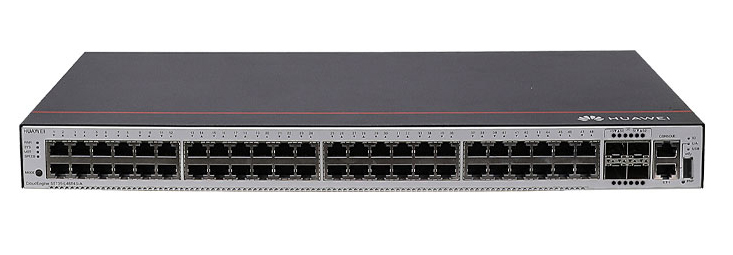

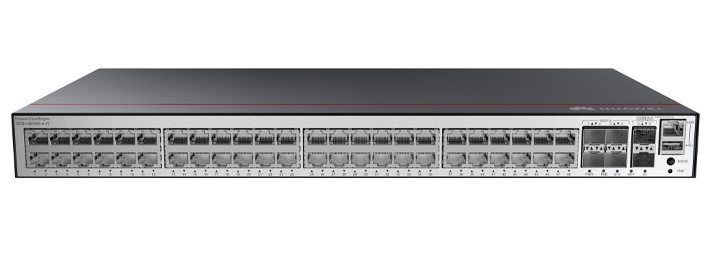
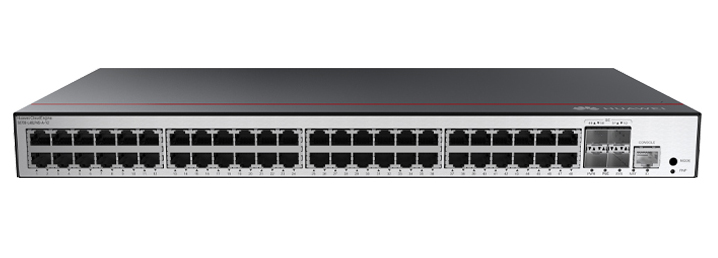
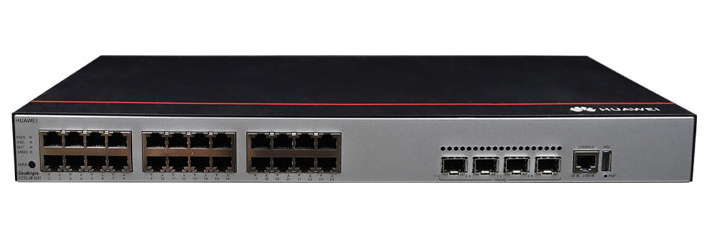


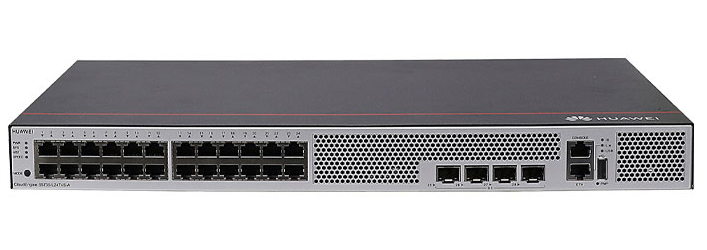
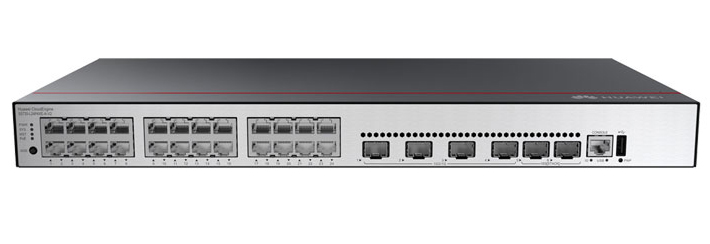
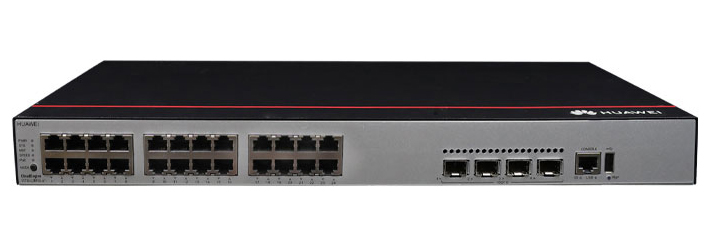

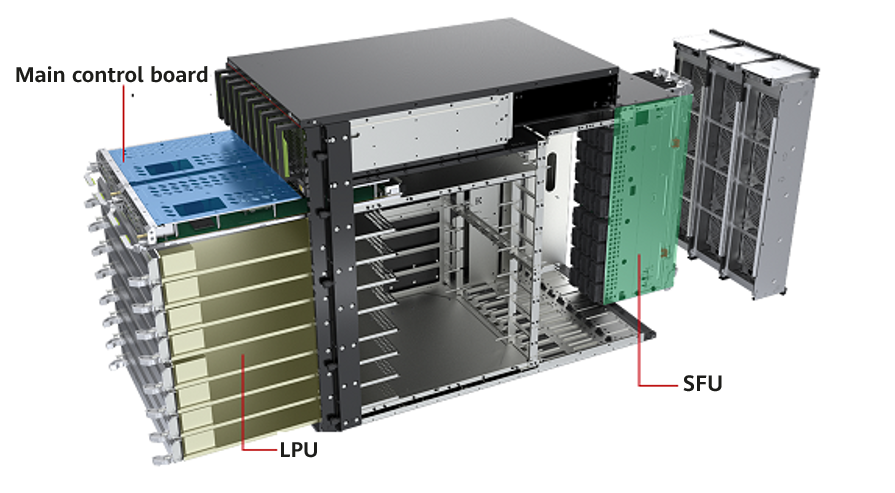


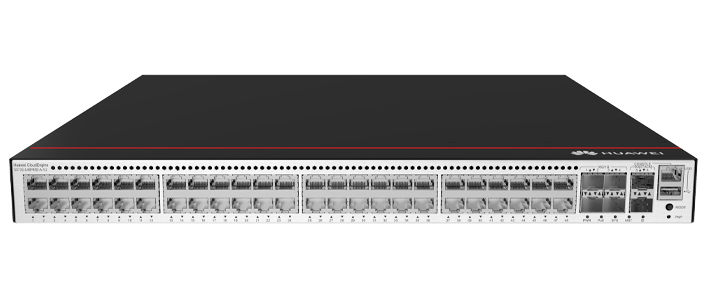
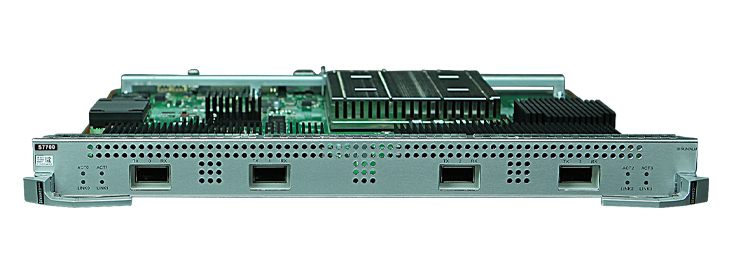

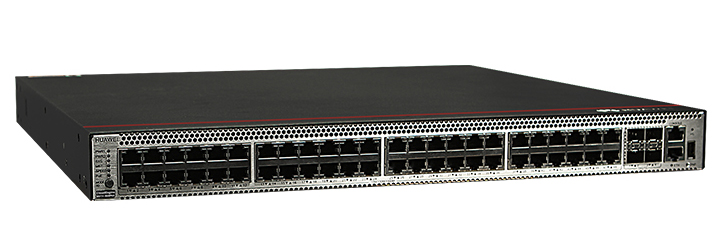
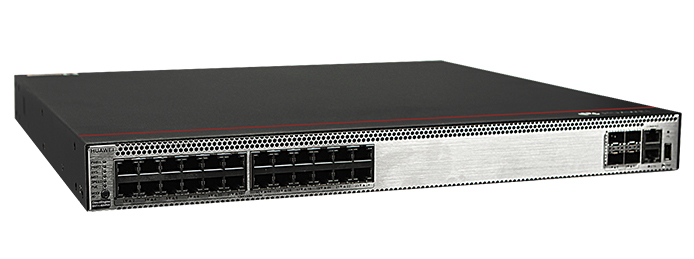

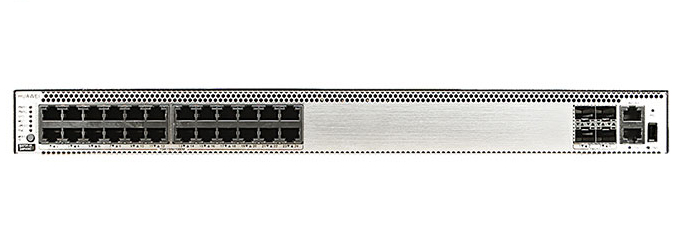

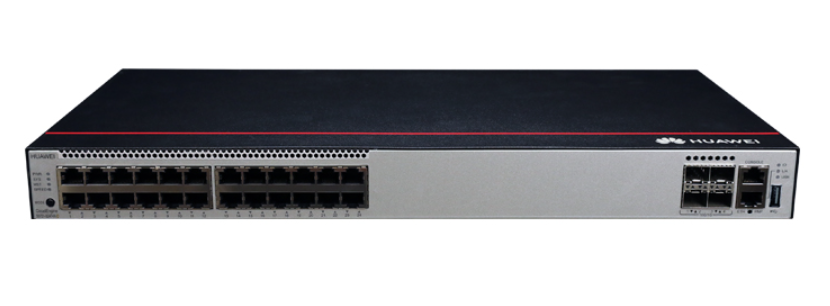
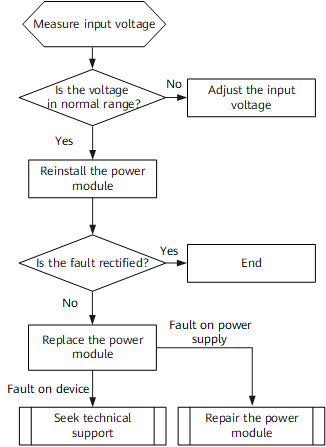


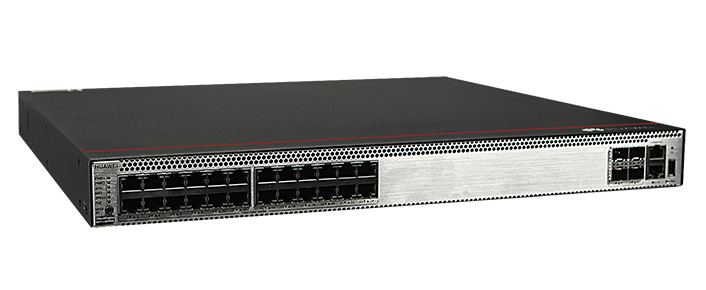
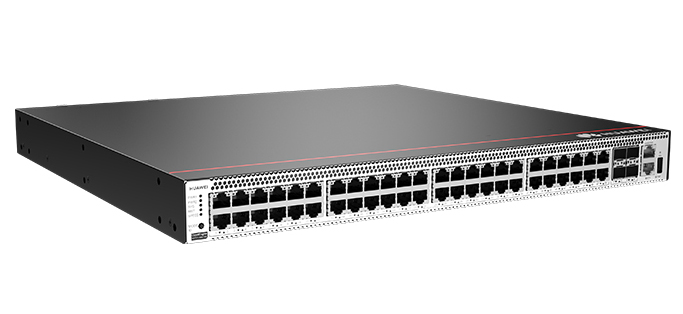

Operating the Black Hat Security and Network Operations Center (NOC) presents a unique set of challenges and expectations. Unlike a typical corporate environment where any hacking activity is immediately deemed malicious, the Black Hat conference is a nexus for cybersecurity research, training, and ethical hacking. Consequently, we anticipate and even expect a significant volume of activity that, in other contexts, would be considered highly suspicious or outright hostile. This includes various forms of scanning, exploitation attempts, and other adversarial simulations, often conducted as part of official trainings or independent research.
Adding to this complexity is the Bring Your Own Device (BYOD) nature of the conference network. Attendees connect a wide array of personal devices, making traditional endpoint telemetry (like EDR solutions) a significant challenge for comprehensive monitoring. As such, our primary focus was on robust network-based telemetry for detection and threat hunting.
This writeup details a recent investigation within the Black Hat Security and Network Operations Center (SNOC), highlighting the critical role of integrated security tools and early detection in mitigating potential threats, particularly when originating from within a high-profile training environment.
On August 4, 2025, a Cisco XDR analytics alert flagged "Suspected Port Abuse: External -External Port Scanner." The alert indicated an internal host from the "Defending Enterprises -2025 Edition" training room was actively targeting an external IP address, which resolved to a domain belonging to the Def Con cybersecurity conference. This activity aligned with the MITRE ATT&CK framework's Reconnaissance tactic (TA0043), specifically the Active Scanning technique (T1595).
The Cisco XDR analytics incident provided the initial alert and connection flows, offering immediate visibility into the suspicious network activity. Detecting this at the reconnaissance phase is crucial, as early detection in the MITRE ATT&CK chain significantly reduces the risk of an adversary progressing to more impactful stages.
We observed a high confidence incident involving two IP addresses from an internal subnet connecting with a single external IP address. The associated alert was classified as a suspected port abuse by Cisco XDR.
Cisco XDR's 'Investigate' feature then allowed us to further drill down into and visualized the connection flows associated with that external IP address. It also searched against multiple threat intelligence sources for any reputation associated with the observables. The external host was not found to have a malicious reputation.
We used Cisco Umbrella (DNS resolver) to confirm that the target IP resolves to a single domain. The domain appears to be owned by Def Con and hosted in the United States, by Comcast. The direct association with the Def Con Cybersecurity Conference immediately raised concerns about unauthorized reconnaissance against another major event's infrastructure.
Cisco Umbrella smart search lookup of the domain confirmed that the domain has a low risk and is classified under the "Hacking/Conventions" category. It was confirmed by Cisco Umbrella to belong to the Def Con convention.
Examining the NetFlow traffic in XDR analytics gives us an immediate insight that port scanning has likely occurred.
Pivoting into Cisco Firepower Management Console (FMC), we ran a report of the associated traffic from the Cisco Firepower Management Console.
The report graphed the top 100 destination ports associated with the traffic and painted a very clear picture. It showed that the internal host was systematically scanning various ports on the external target. Notably, we excluded common web ports like 80 and 443, which helped us avoid looking at potentially legitimate traffic. Each port was scanned precisely four times, indicating a methodical, automated activity, entirely consistent with a dedicated port scan.
Fig.1: Cisco FMC report on top 100 destination portsFor further validation and quantification, we then queried Palo Alto Networks firewall logs in Splunk Enterprise Security (ES). The Splunk query confirmed 3,626 scanning events between 2025/08/04 17:47:07 and 2025/08/04 18:20:29.
Consistent port counts further validated automated scanning.
Utilizing our team's Slack Bot API, which is integrated with Palo Alto Cortex XSIAM, we were able to quickly identify the source machine. This included its MAC address and hostname, and we pinpointed it as operating directly from the Black Hat training room, specifically 'Defending Enterprises -2025 Edition':
Lastly, we were able to capture the full PCAP of the traffic as additional evidence, using our full packet capture tool, Endace Vision. This investigation confirmed that the unauthorized scanning originated from a student in a training room. The offender was quickly identified and instructed to cease the activity. The incident was then closed, with continued monitoring of the training room and its participants.
The investigation confirmed unauthorized scanning originating by a student. Following this, the offender was quickly identified and made to cease the activity. The incident was closed, with continued monitoring of the training room.
Black Hat is the cybersecurity industry's most established and in-depth security event series. Founded in 1997, these annual, multi-day events provide attendees with the latest in cybersecurity research, development, and trends. Driven by the needs of the community, Black Hat events showcase content directly from the community through Briefings presentations, Trainings courses, Summits, and more. As the event series where all career levels and academic disciplines convene to collaborate, network, and discuss the cybersecurity topics that matter most to them, attendees can find Black Hat events in the United States, Canada, Europe, Middle East and Africa, and Asia. For more information, please visit the Black Hat website.
We'd love to hear what you think! Ask a question and stay connected with Cisco Security on social media.
Cisco Security Social Media
LinkedIn
Facebook
Instagram
X
 Hot Tags :
Cisco Talos
Cisco XDR
Black Hat
Cisco Security Cloud
Cisco Secure Access
Cisco Breach Protection
Cisco User Protection
Security Operations Center SOC
Network Operations Center NOC
Hot Tags :
Cisco Talos
Cisco XDR
Black Hat
Cisco Security Cloud
Cisco Secure Access
Cisco Breach Protection
Cisco User Protection
Security Operations Center SOC
Network Operations Center NOC